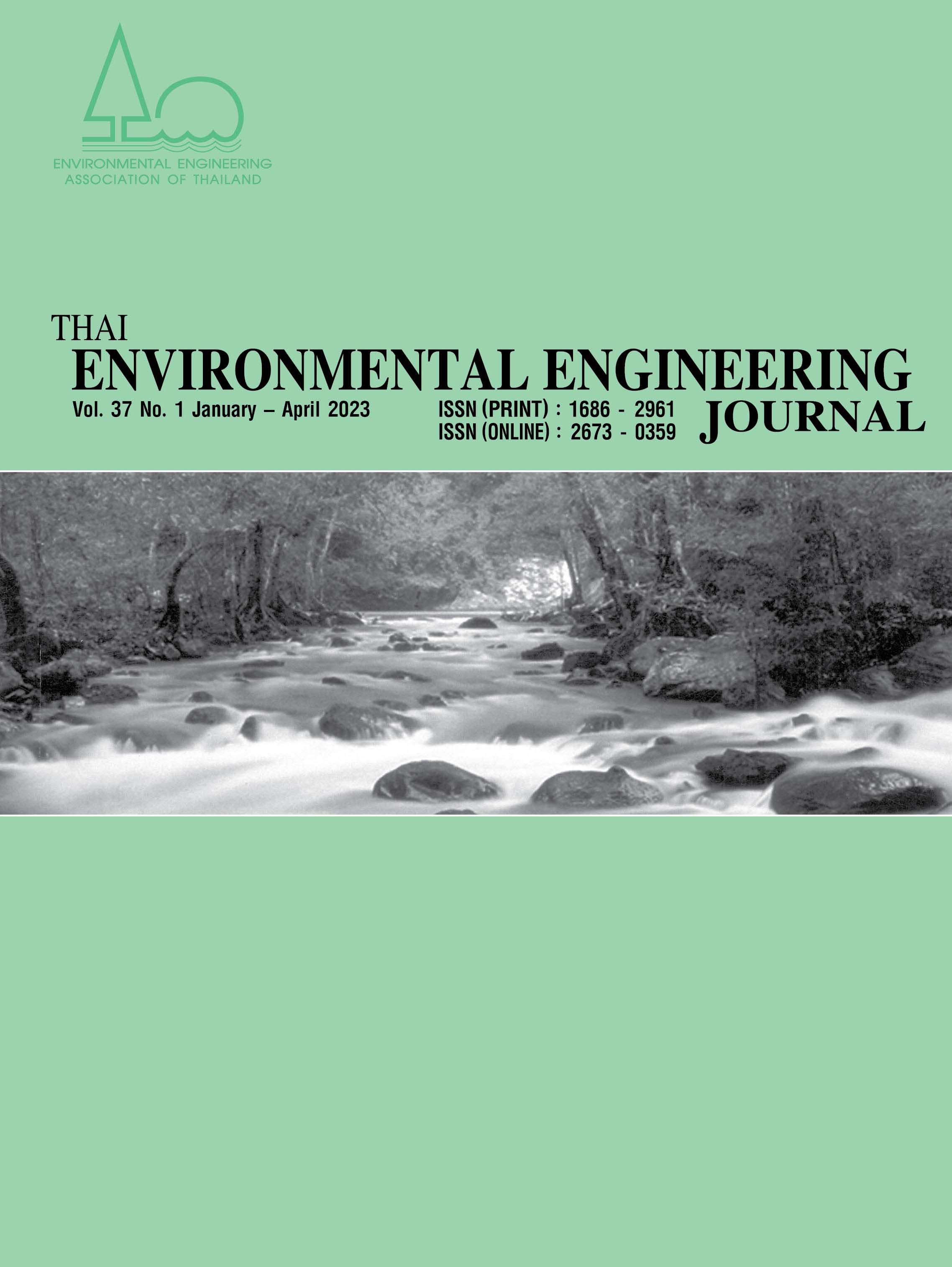Environmental Microbial Monitoring and Risk Assessment of Cleanrooms - A Case Study in Medical Device Pilot Plant
Main Article Content
Abstract
The objective of this study is to determine the risk of environmental microbial contamination in the cleanrooms of a pilot plant that produced sterile microneedles-a type of medical device. Typically, microbial contamination comes from the human body, equipment, raw materials, and production environment. Environmental microbial monitoring in the production areas is frequently overlooked for a variety of reasons, including cumbersome and time-consuming procedures, inadequate facilities, and so on. Therefore, we intend to focus on this subject in the study. The environmental microbial monitoring program was established and implemented in the production area in nine steps: 1) determine risk areas, 2) select samples, 3) determine frequency and conditions, 4) assign persons, 5) select methods, 6) determine control limits, 7) analyze results and discussion, 8) investigate out-of-limit results, and 9) propose corrective actions and risk assessment. In addition, the bioburden of microneedle products was also part of this program. Data on airborne microorganisms were collected by the environmental microbial monitoring program from various risk points inside the pilot plant. This program's results were all data for determining risk assessment parameters. We generated a risk management system for this plant by using the guidelines of ISO 14971 and selecting three parameters to evaluate the risk: the likelihood-contamination rate, impact-bioburden, and deviation factors-out-of-control results of various parameters (consisting of temperature, humidity, differential pressure, and swab test.) in cleanrooms are the deviation. Besides, the process chart for risk control for environmental microbial contamination was established and used to facilitate the risk control of operators. This study aims to provide guidelines for microbial environmental monitoring and risk assessment in medical device pilot plants in accordance with ISO 13485 requirements.
Article Details
References
The United States Pharmacopeia, The United States Pharmacopeia - National Formulary. 2018. The United Book Press. Inc., MD.
Sandle, T. 2019. Biocontamination Control for Pharmaceuticals and Healthcare. Academic Press, London.
European Commission. 2008. Good Manufacturing Practice (EU GMP) guidelines. European Commission.
ISO 13485. 2016. Medical devices – Quality management systems - Requirements for regulatory purposes. The International Organization for Standardization, Geneva.
JPAC. 2014. 9.7 Recommended standards for environmental monitoring of processing facilities, in Guidelines for the Blood Transfusion Services., Joint United Kingdom Blood Transfusion and Tissue Transplantation Services Professional Advisory Committee.
FED-STD 209E. 1992. Federal Standard: Airborne Particulate Cleanliness Classes in Cleanrooms and Clean Zones. Federal Supply Service, General Services Administration, for the use of all Federal Agencies.
ISO 14644-1. 1999. Cleanrooms and associated controlled environments - Part 1: Classification of air cleanliness. The International Organization for Standardization, Geneva.
ISO 18593. 2018. Microbiology of the food chain - Horizontal methods for surface sampling. The International Organization for Standardization, Geneva.
Pasquarella, C., Pitzurra, O. and Savino. A. 2000.The index of microbial air contamination. Journal of Hospital Infection. 46(4): 241-256.
ISO 11737-3. 2018. Sterilization of medical devices – Microbiological methods – Part 3: Guidance on evaluation and interpretation of bioburden data. The International Organization for Standardization, Geneva.
World Health Organization. 2012. Environmental Monitoring of Clean Rooms in Vaccine Manufacturing Facilities, E.M.a.H.P. (EMP), Editor. World Health Organization, Geneva.
Nimitwongsin, S. 2014. The cleanroom for sterile products. Chula Med J. 58(1): 1-17.
ISO 11133. 2012. Microbiology of food, animal feeding stuffs and water - Preparation, production, storage and performance testing of culture media. The International Organization for Standardization, Geneva.
ISO 11737-1. 2018. Sterilization of health care products - Microbiological methods - Part 1: Determination of a population of microorganisms on products. The International Organization for Standardization, Geneva.
Griffiths, C. 2016. Surface Sampling and the Detection of Contamination. Consultant and Editor, Dorchester, Dorset, United Kingdom.
ISO 14971. 2019. Medical devices - Application of risk management to medical devices. The International Organization for Standardization, Geneva.
U.S.FDA. 2020. Regulatory considera-tions for microneedling products - Guidance for Industry and Food and Drug Administration Staff. U.S. Food and Drug Administration.
ISO 11137-2. 2013. Sterilization of health care products - Radiation - Part 2: Establishing the sterilization dose. The International Organization for Standardization, Geneva.
ANSI/ASQ Z1.4. 2008. Sampling procedures and tables for inspection by attributes. American Society for Quality.
ISO 14698-1. 2003. Cleanrooms and associated controlled environments - Biocontamination control - Part 1: General principles and methods. The International Organization for Standardization, Geneva.
Bonadonna, L., Briancesco, R. and Semproni, M. 2018. Microbiological inspections of different medical devices. Microchemical Journal. 136: 283-286.
Salaman-Byron, A.L. 2018. Limitations of Microbial Environment Monitoring Methods in Cleanrooms. American Pharmaceutical Review.
Cleanroom for industrial and commercial, 2nd. print, Air-Conditioning Engineering Association of Thailand.
Mehdl, A. et al. 2018. Environmental monitoring and risk assessment of cleanrooms within pharmaceutical industry. 8(4): 38-69.
Whyte, W. and Eaton, T. 2004. Microbial risk assessment in pharmaceutical cleanrooms. 9(1): 16-23.
Sandle, T. 2003. The use of risk assessment in the pharmaceutical industry – the application of FMEA to a sterility testing isolator : a case study. European Journal of Parental and Pharmaceutical Sciences. 8(2): 43-49.


